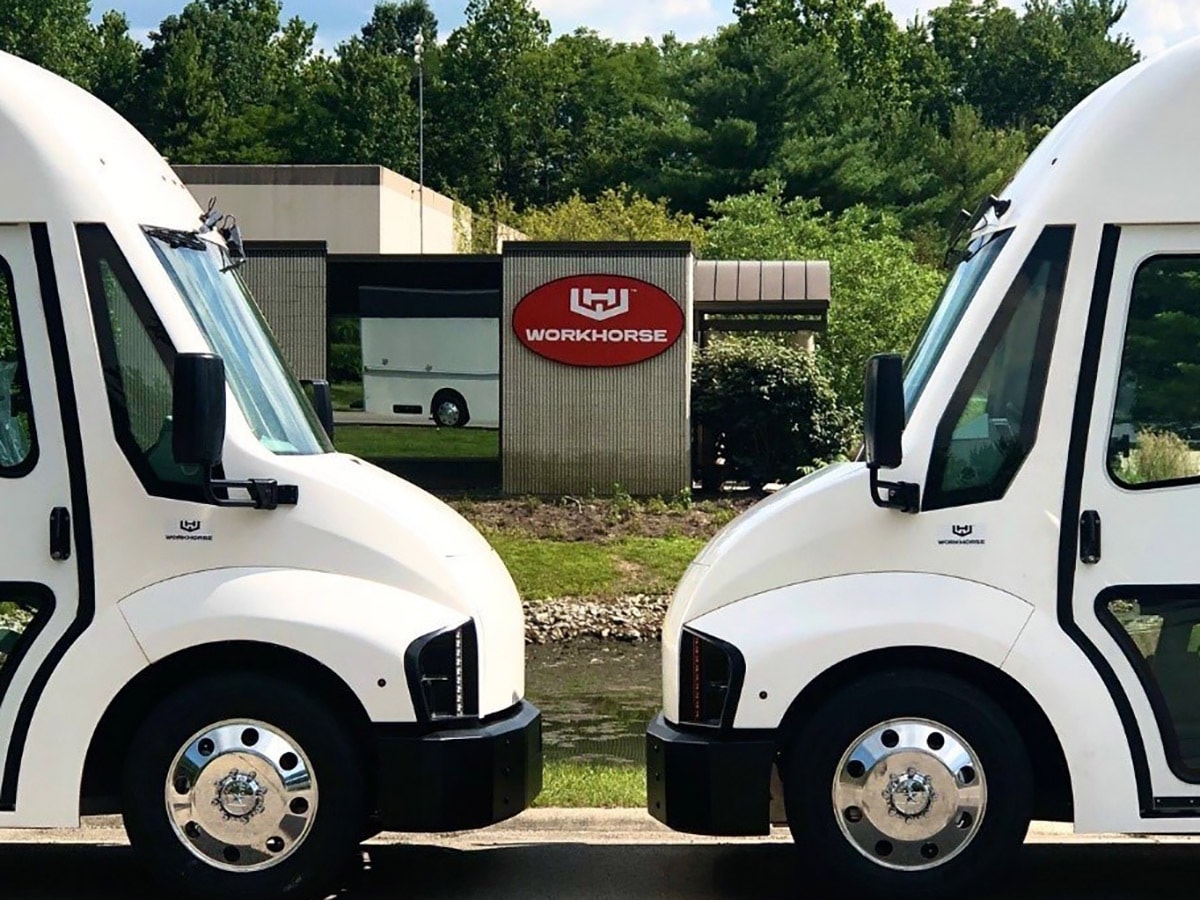After rising too far too quickly over the last several months, many electric vehicle (EV) stocks have pumped their brakes, causing their share prices to crash in slow motion in recent weeks.
Workhorse [WKHS] is no different. Workhorse’s share price climbed just shy of 109% from the start of the year to close at an all-year high of $41.34 on 4 February, before declining dramatically in the following months. As of close on 14 May, Workhorse’s share price was down 80.41% since this peak, and 62.18% for the year to date.
The iShares Self-Driving EV and Technology ETF [IDRV] has gained 83.49% in the last 12 months through 14 May’s close, but is up just 5.21% year-to-date and has fallen 4.16% in the last month. It’s a similar story for the Global X Autonomous & Electric Vehicles ETF [DRIV], which has gained 102.69% and 9.91% in the last year and year-to-date respectively, but has dropped 3.97% in the last month.
There are several reasons the EV industry has hit the buffers. Fears of inflation rates rising have pushed up bond yields and pushed down the share prices of companies that are often valued on their future cash flow and on the assumption that their growth will accelerate in the near-future.
The EV industry is well known for producing and selling far fewer units than the average auto manufacturer but at a higher mark-up.
Another factor that has caused the EV industry to veer off course has been the global chip crunch, which has affected the wider auto industry, as well as the electronics giants. Ford [F] and General Motors [GM] are just two manufacturers that have been forced to shut or cut production at plants in North America due to the shortage of semiconductors.
Given this background, it’s not hard to see why Workhorse’s share price went off the rails after a poor first quarter 2021 earnings report.
Workhorse’s share price suffers from revenue shortfall
For the three months to the end of March, Workhorse posted revenue of $0.5m, up more than 500% on the $0.08m revenue posted in Q1 2020. Though this may seem impressive, it was a long way off the Wall Street consensus of $2.3m.
The Ohio-based company reported a net loss of $120.5m versus a profit of $4.8m in the year-ago quarter. Its operating loss was $153.1m versus a year-ago loss of $8.3m. Research and development spend doubled year-over-year from $1.9m to $3.9m.
To compound matters, the company only shipped six trucks in the first quarter. Though it said during the earnings call that it had manufactured 38 units of its C-Series van — double the total in the whole of 2020 — it also slashed its full-year production forecast by nearly half — from 1,800 units to 1,000.
6 trucks
Shipped by Workhorse in Q1
Duane Hughes, CEO of Workhorse, pinned the poor results and production delays on the bottlenecks that had throttled the wider auto industry. The semiconductor shortage has had a knock-on effect on the shipment of raw materials and other components.
Mixed reactions to earnings
Since reporting earnings on the morning of 10 May, Workhorse’s share price has fallen 15.98% through 14 May. However, even though the stock fell off a cliff in February, it’s still up by 212.74% from this time 12 months ago.
The sell-off earlier this year came after the company lost out on a big US Postal Service contract to Oshkosh [OSK].
“While investors are clearly shooting first and asking questions later, we believe that Workhorse could present a compelling entry point following the about 50% sell off,” Jeffrey Osborne, an analyst with Cowen, wrote in a note to clients, seen by Bloomberg at the time.
"We believe that Workhorse could present a compelling entry point" - Jeffrey Osborne, Cowen analyst
Osborne maintained an outperform rating, but lowered his price target from $25 to $18 in February, which would imply a 122.22% increase from Workhorse’s share price on 14 May. No new note has been provided since the Q1 earnings call.
Others on Wall Street are less bullish on the stock. Roth Capital has cut its price target from $15 to $8.50 following the poor Q1 results.
Looking ahead, all eyes will be on whether Workhorse manages to meet, or even surpass, its production target for the fiscal year.
Given that the company announced during the Q4 2020 earnings call that it had a backlog of 8,000 vehicles, plus the fact the semiconductor shortage is likely to persist into next year at the earliest, production snags and delays could continue to dent Workhorse’s share price for the foreseeable future.
Disclaimer Past performance is not a reliable indicator of future results.
CMC Markets is an execution-only service provider. The material (whether or not it states any opinions) is for general information purposes only, and does not take into account your personal circumstances or objectives. Nothing in this material is (or should be considered to be) financial, investment or other advice on which reliance should be placed. No opinion given in the material constitutes a recommendation by CMC Markets or the author that any particular investment, security, transaction or investment strategy is suitable for any specific person.
The material has not been prepared in accordance with legal requirements designed to promote the independence of investment research. Although we are not specifically prevented from dealing before providing this material, we do not seek to take advantage of the material prior to its dissemination.
CMC Markets does not endorse or offer opinion on the trading strategies used by the author. Their trading strategies do not guarantee any return and CMC Markets shall not be held responsible for any loss that you may incur, either directly or indirectly, arising from any investment based on any information contained herein.
*Tax treatment depends on individual circumstances and can change or may differ in a jurisdiction other than the UK.
Continue reading for FREE
- Includes free newsletter updates, unsubscribe anytime. Privacy policy





